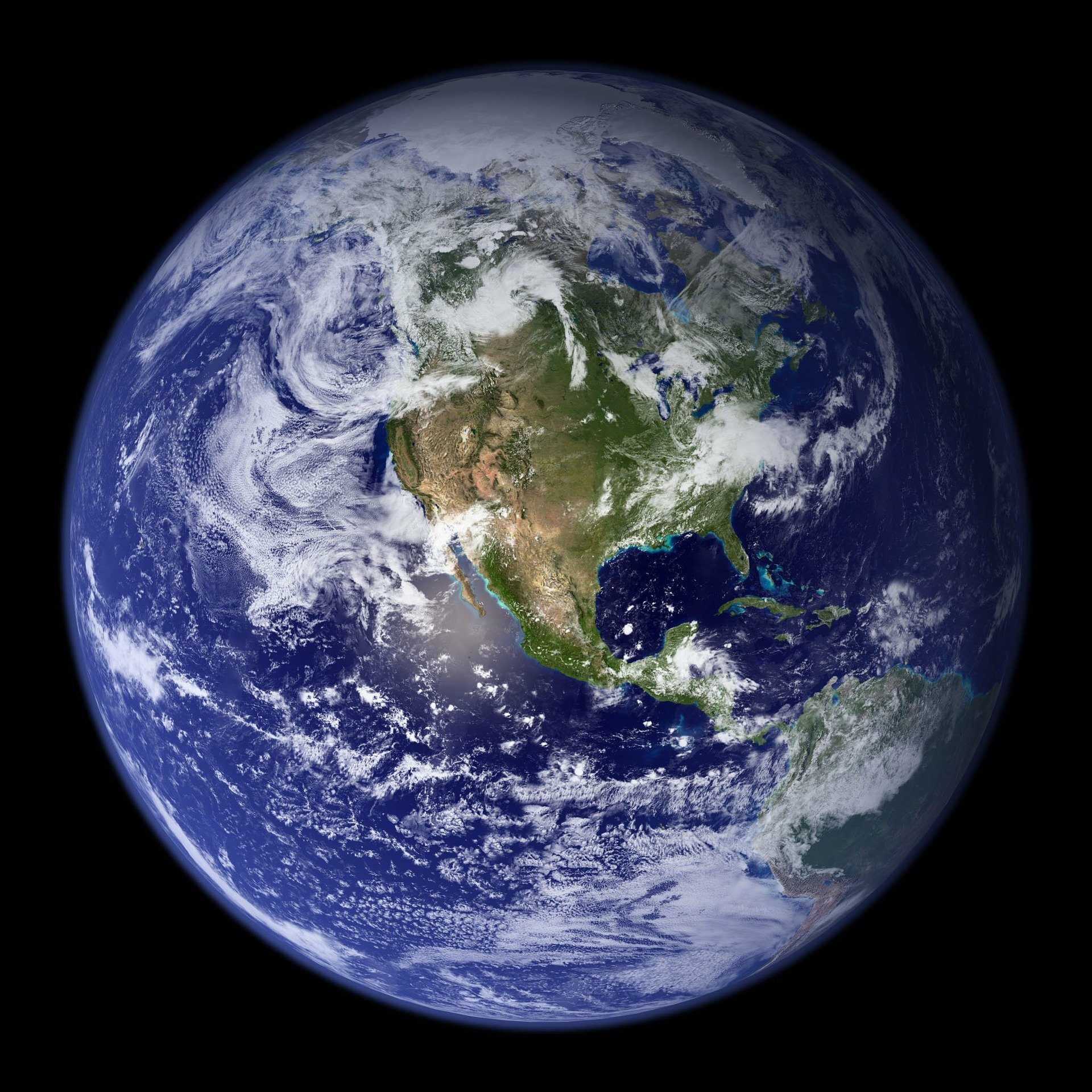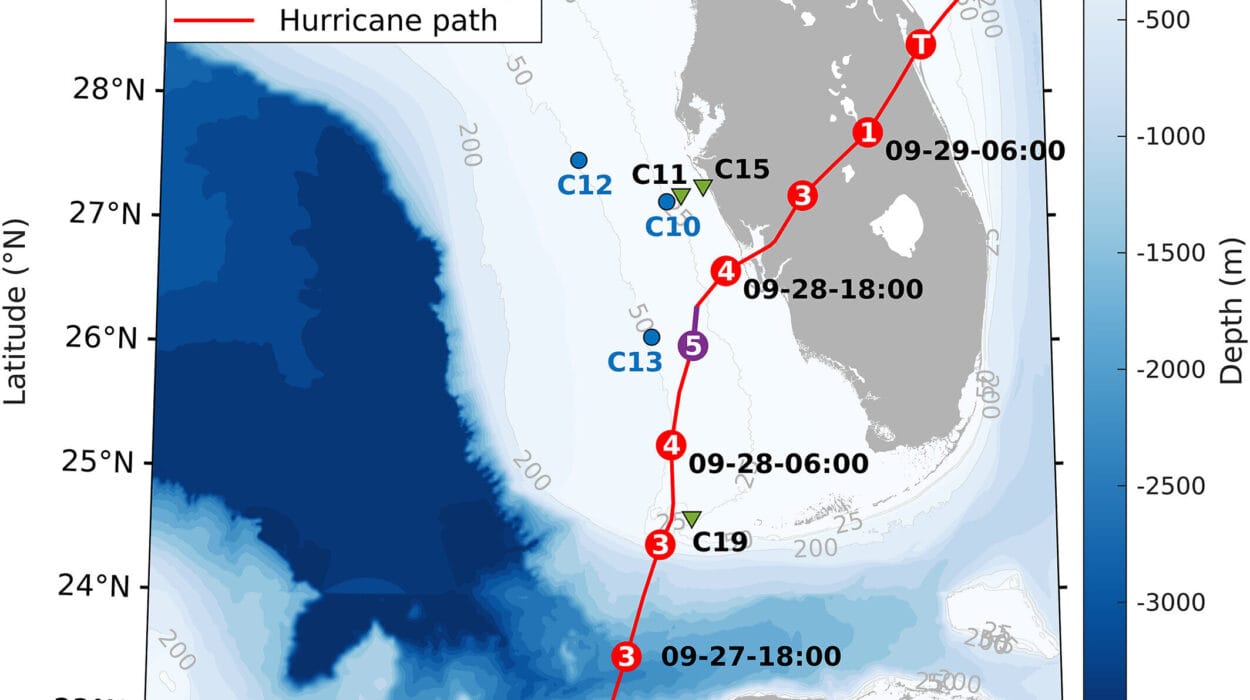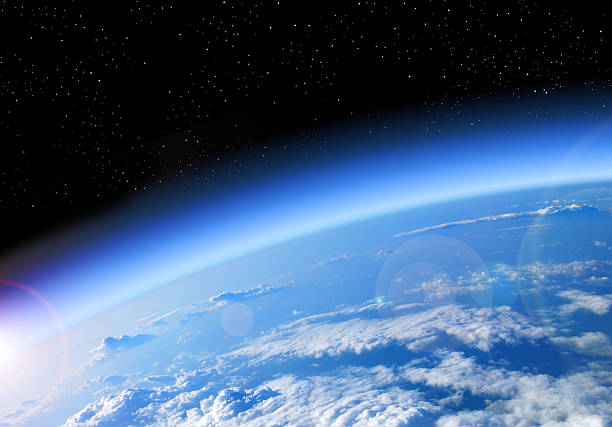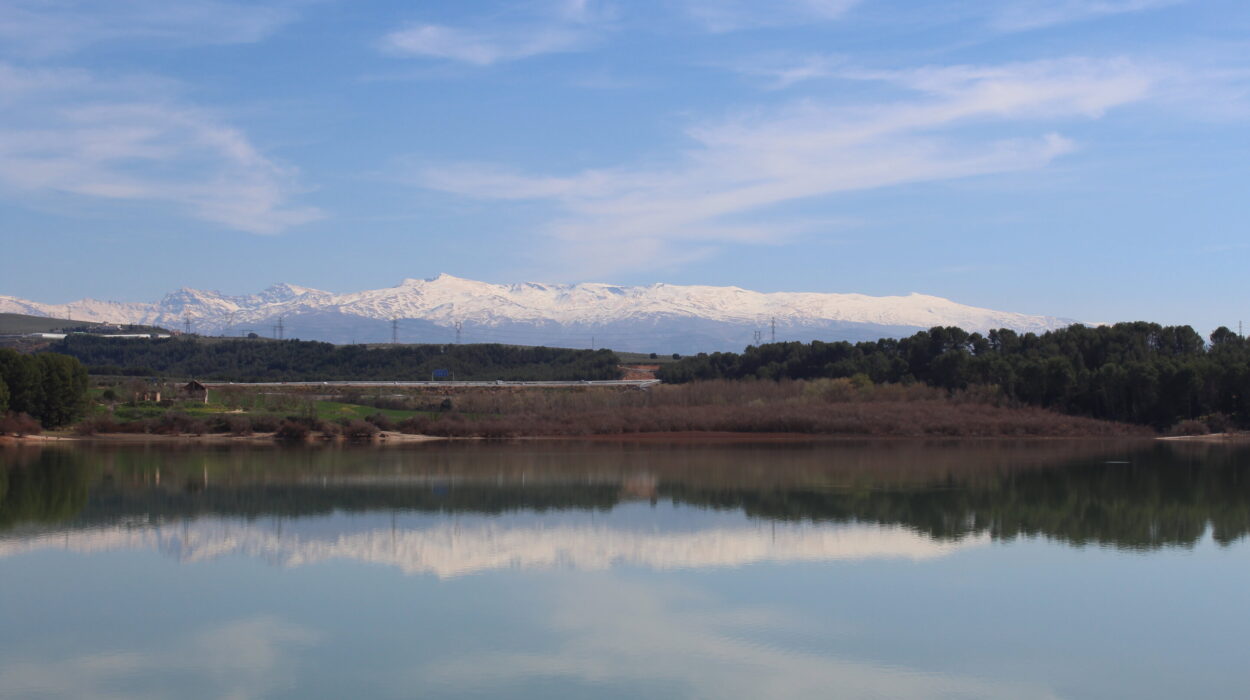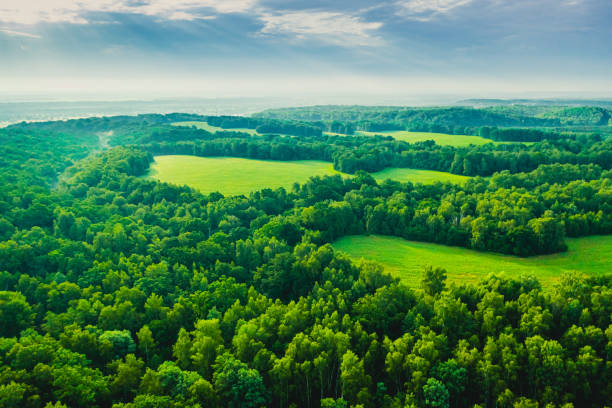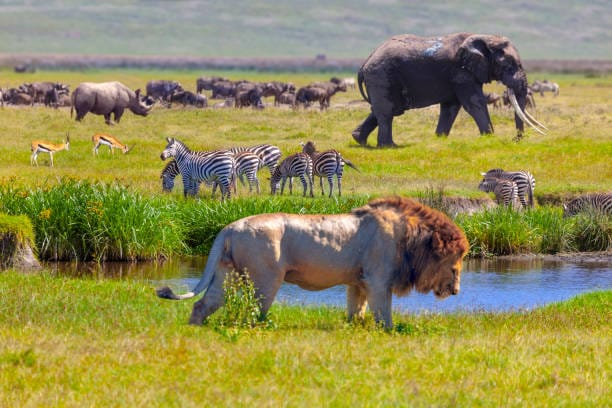From the cold silence of space, Earth shines like a fragile blue marble, suspended in an endless sea of black. To a distant observer, it’s just another orb circling a star—modest in size, one of eight planets in our solar system. But to us, it is everything. Earth is home. It is where we live, where we love, where we learn. It is the stage for the story of life itself.
And yet, in a universe brimming with planets—hundreds of billions in our galaxy alone—why does Earth stand apart? What makes this world different? Why does life, vibrant and complex, flourish here while the other planets remain desolate, silent, and cold?
To understand what makes Earth unique is to embark on a journey through science and wonder. It is a voyage that touches geology, biology, physics, and astronomy. And it is a story that begins more than 4.5 billion years ago, in the chaos of a newborn solar system.
Born from Stardust
Long before the first drop of rain ever kissed the ground, Earth was a swirling mass of molten rock, formed from the debris of ancient stars. Our planet’s birth was a violent one—rife with collisions, radiation, and transformation. Over millions of years, gravity sculpted the dust and gas left over from the sun’s formation into rocky clumps. One of these clumps would eventually become our home.
But Earth did not evolve in isolation. It formed alongside Mercury, Venus, Mars, Jupiter, and the rest of our planetary siblings. All emerged from the same materials. All orbited the same sun. Yet somehow, Earth alone would become a cradle for life. The question is—why?
Just the Right Distance: The Goldilocks Zone
One of the most crucial ingredients in Earth’s uniqueness is its placement in what astronomers call the “habitable zone,” often referred to as the Goldilocks Zone—not too hot, not too cold, but just right for liquid water to exist. Water is the lifeblood of biology. It is the solvent in which life’s chemistry unfolds, the medium that allows cells to function, and the surface on which continents float.
Venus, closer to the sun, is a sweltering inferno with a surface hot enough to melt lead. Mars, just a bit farther out than Earth, is an icy desert, once watery but now barren. Earth, nestled between these extremes, enjoys the perfect balance. This delicate positioning allows oceans to form and persist—oceans that nourish life and shape the atmosphere itself.
But distance alone isn’t enough. There are plenty of exoplanets in other star systems that orbit in similar “just-right” zones. What else gives Earth its magic?
The Living Sky: Earth’s Unique Atmosphere
Above our heads stretches an invisible shield, one that sustains life and protects it. Earth’s atmosphere is an intricate blend of gases—78% nitrogen, 21% oxygen, and traces of carbon dioxide, argon, and others. This cocktail is not accidental. It is the result of billions of years of planetary evolution and biological feedback.
Early Earth had no oxygen. Its skies were filled with volcanic gases—methane, ammonia, and carbon dioxide. But something extraordinary happened: life began to change the planet. Microorganisms called cyanobacteria evolved the ability to perform photosynthesis, releasing oxygen as a byproduct. Over eons, these tiny architects transformed the atmosphere, setting the stage for more complex organisms.
Today, oxygen is essential to the survival of animals, including humans. But Earth’s atmosphere does more than let us breathe. It regulates temperature, filters deadly solar radiation, and burns up space debris that would otherwise crash to the surface. The thin blue line visible from space is both delicate and vital—a fragile envelope without which life would not survive.
A Magnetic Shield Against the Sun’s Wrath
The sun is not only a source of light and warmth—it is also a raging furnace of radiation. Solar flares and cosmic rays bombard the planets, stripping away atmospheres and frying surfaces. Mars, once protected, lost its magnetic field long ago and with it, its atmosphere.
Earth, however, possesses a powerful ally: its magnetic field. Generated by the spinning of molten iron in the planet’s outer core, this invisible force deflects harmful solar particles, creating auroras in the polar skies but preventing catastrophe on the ground. It is like a planetary forcefield, shielding us from the universe’s wrath.
Without this magnetic field, Earth might look more like Mars—cold, dry, and lifeless. This geodynamic engine beneath our feet is often overlooked, yet it plays a profound role in preserving our planet’s habitability.
The Symphony of Plate Tectonics
Beneath Earth’s surface lies a restless dance. The planet’s crust is not one solid shell, but a jigsaw puzzle of moving plates that shift, collide, and reshape the surface. This process, called plate tectonics, is unique among the rocky planets of our solar system. Mars and Venus have stagnant crusts, largely frozen in time. But Earth moves.
These movements build mountains, open oceans, and trigger earthquakes. They also recycle carbon, balancing greenhouse gases over geological timescales. Volcanic eruptions release carbon dioxide into the atmosphere, while weathering of rocks draws it back down. This cycle is Earth’s natural thermostat, preventing runaway climate extremes.
Without plate tectonics, Earth might have suffered the fate of Venus—its atmosphere choked with carbon dioxide, surface temperatures soaring beyond survivability. Instead, tectonic motion gives Earth both its drama and its resilience.
Water, Water Everywhere
Over 70% of Earth’s surface is covered in water. From the deepest ocean trenches to the frozen polar caps, water shapes the planet like no other force. Yet, liquid water is rare in the cosmos. Scientists have found frozen water on the Moon, Mars, and some moons of Jupiter and Saturn—but nowhere is it as abundant, as fluid, as life-giving as it is here.
Oceans moderate Earth’s temperature, absorb carbon dioxide, and harbor more life than land ever could. Rivers carve landscapes. Rain nourishes forests. Glaciers shape continents. The water cycle is a planetary heartbeat, one that sustains life in every corner of the globe.
Where did this water come from? It is still debated. Some suggest it arrived via icy comets and asteroids in the early days of Earth’s formation. Others believe it condensed from steam in Earth’s cooling atmosphere. Either way, the outcome is a world unlike any other—a world awash in blue.
A Moon That Stabilizes and Inspires
Earth’s companion in the sky is more than a poetic muse. The Moon is critical to life on Earth. Formed from a colossal collision between early Earth and a Mars-sized body, the Moon now orbits at a distance just right to create powerful tidal forces.
These tides churn the oceans, drive nutrient circulation, and may have played a role in the origin of life itself. More importantly, the Moon stabilizes Earth’s axial tilt. Without it, our planet would wobble wildly over millennia, leading to dramatic climate swings that could hinder life.
The Moon’s gentle tug keeps Earth’s seasons steady and predictable. And beyond the science, it has inspired myth, music, and art for thousands of years—reminding us that even in science, beauty matters.
The Presence of Life—and Its Power to Transform
What truly makes Earth unique, perhaps more than any physical trait, is life itself. From the simplest bacteria to the most complex mammals, life teems in every nook and cranny. In scalding hydrothermal vents, in Antarctic deserts, even inside solid rock—life finds a way.
And life does not merely exist on Earth—it shapes it. The atmosphere is a product of respiration and photosynthesis. Soil is the result of decayed organisms. Coral reefs build entire ecosystems from the labor of tiny polyps. Even the climate has been stabilized by the actions of living things over time.
Earth is not just a planet with life. It is a living planet. Its biosphere is interconnected in a web of relationships more intricate than any machine. Remove one thread, and the whole tapestry trembles.
A Planet of Color, Sound, and Diversity
Mars has red rocks. Venus has thick yellow clouds. But Earth dazzles. Its forests pulse with green. Its oceans shimmer in deep blue. Its deserts blaze in gold and rust. Snow blankets mountains in white, while auroras dance in luminous greens and purples across polar skies.
Earth is not just visually stunning—it is alive with sound. The songs of birds, the crash of waves, the rustle of leaves, the laughter of children—no other world we know carries such richness of sensory experience. This vibrancy is more than an aesthetic flourish; it is evidence of complexity, interaction, and consciousness.
No other planet speaks. Earth, through us, has found a voice. It composes music, tells stories, builds monuments, and dreams of the stars.
Our Fragile Place in the Cosmos
Despite all its uniqueness, Earth is fragile. Climate change, pollution, deforestation, and extinction remind us that this rare gem is not invincible. The very systems that make Earth habitable are delicate. And while the planet will outlive us, the conditions that support us are easily broken.
Astronauts often speak of the “overview effect”—the overwhelming realization, upon seeing Earth from space, that we are one species sharing one home. From a distance, borders disappear, conflicts fade, and what remains is a beautiful, lonely world spinning in darkness.
We are stewards of the only known oasis in a cosmic desert. Protecting it is not just an environmental concern—it is a moral one.
Are We Alone?
The search for life beyond Earth continues. Scientists scour the skies for exoplanets in habitable zones. Robotic probes explore the icy moons of Jupiter and Saturn. And still, we wonder—are we the only spark in the void?
Perhaps not. But until we find proof, Earth remains the only world where the universe has awoken to gaze upon itself. We are not separate from our planet. We are its consciousness, its storytellers, its voice.
Conclusion: The Miracle Under Our Feet
So what makes Earth unique among the planets? It is not one thing—it is everything. Its location, its atmosphere, its magnetic field, its tectonics, its water, its Moon, and its biosphere—all intertwine in a miracle of balance and resilience. No other planet, as far as we know, holds such harmony.
And yet, perhaps the greatest wonder is not that Earth is unique, but that we are here to witness it. To ask questions. To build telescopes. To write poems. To imagine other worlds.
In a cosmos that may be infinite, Earth reminds us of the power of finitude. Of the preciousness of life. Of the responsibility we hold.
We walk on a rare world. We breathe its air. We drink its water. We share its future.
And that, above all, is what makes Earth unique.
